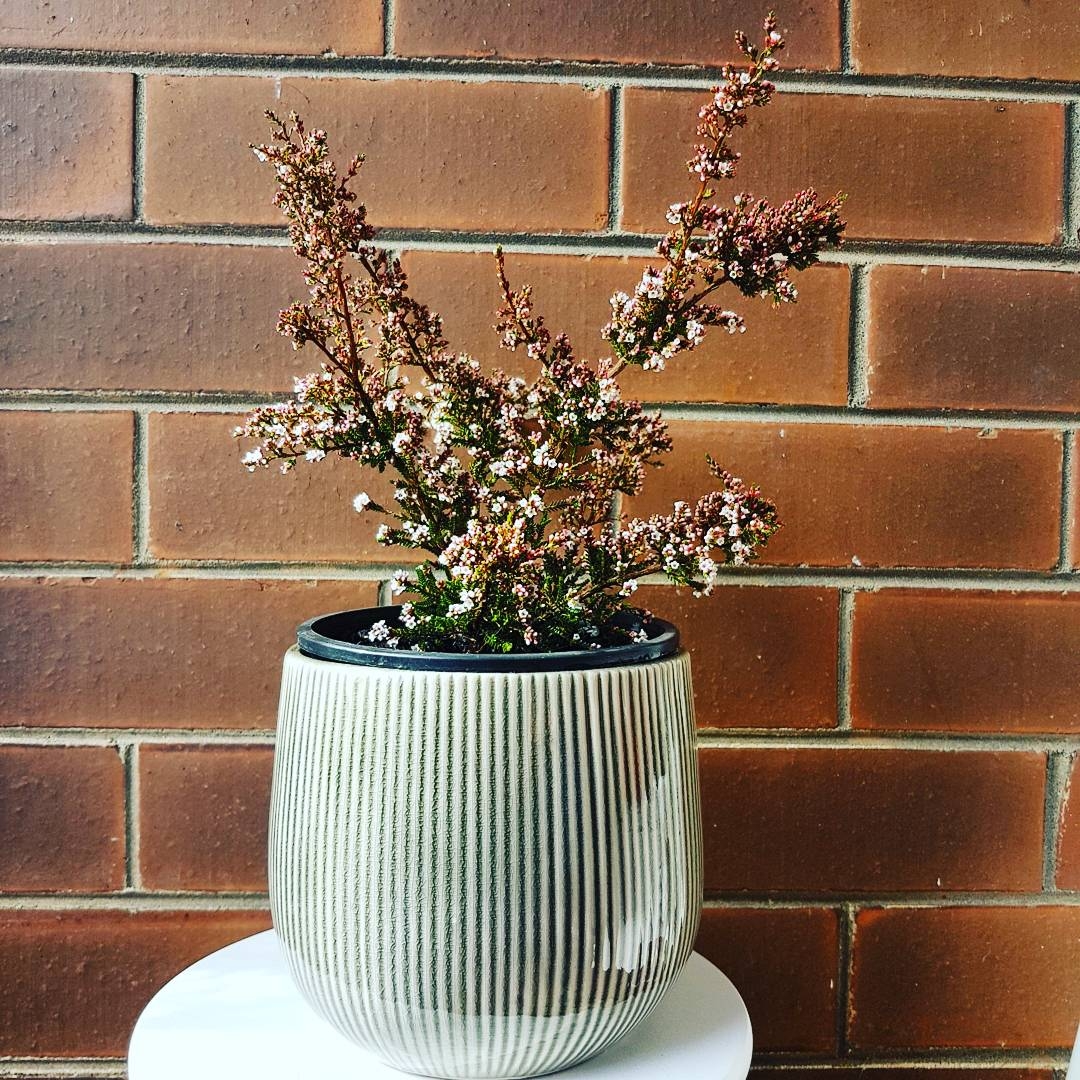
Micromyrtus ciliata syn. Baeckea gracilis
Fringed Heath-myrtle
Micromyrtus ciliata is a well-known shrub. Graceful in appearance yet tough in constitution, it remains healthy for years with little or no attention. Once established and bushy it stands drought well, but if any branches should die out it regenerates well after watering. However, adequate water ensures more lush and continuous growth and must be given for the first years after planting. Small flowers occur from spring to early summer. The prostrate form of the Fringed Myrtle makes an ideal groundcover, with vivid green scented foliage.
Contributed by @PossumPatrol
-
Full sun to partial shade
-
Occasional watering
-
Frost Hardy: 23F (-5°C)
-
Light and free draining
Common name
Fringed Heath-myrtle
Latin name
Micromyrtus ciliata syn. Baeckea gracilis
type
Flowering Shrub
family
Myrtaceae
ph
5.0 - 7.5 Acid - Neutral
Plant & bloom calendar
-
Best time to plant
full grown dimensions
 1.20 M
1.30 M
1.20 M
1.30 M
Micromyrtus ciliata syn. Baeckea gracilis
Micromyrtus ciliata is a well-known shrub. Graceful in appearance yet tough in constitution, it remains healthy for years with little or no attention. Once established and bushy it stands drought well, but if any branches should die out it regenerates well after watering. However, adequate water ensures more lush and continuous growth and must be given for the first years after planting. Small flowers occur from spring to early summer. The prostrate form of the Fringed Myrtle makes an ideal groundcover, with vivid green scented foliage.
Planting young plants
From Early Spring TO Early Spring
Micromyrtus prefers a light and well drained soil. Plant young plants in spring, in full sun to partial shade and water well until well established. Do not allow it to dry out until it has established itself over two years.









